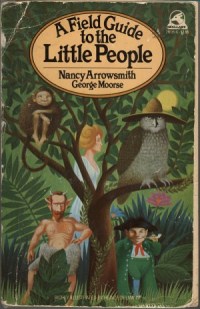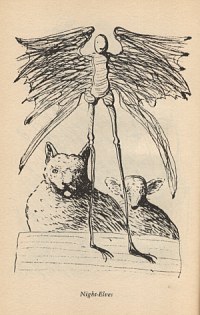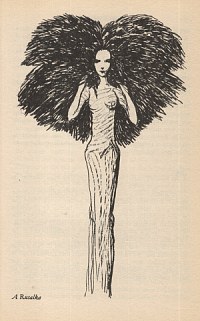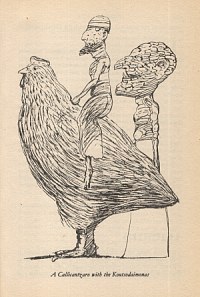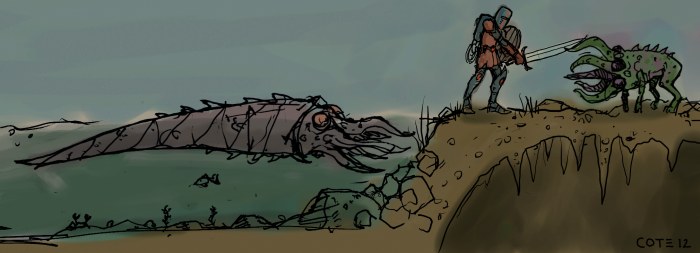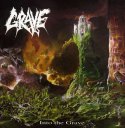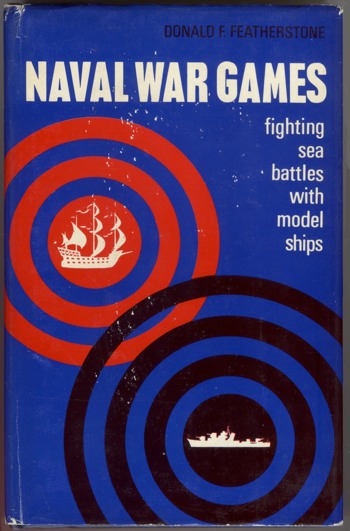 It's interesting how discoveries are often serendipitous.
It's interesting how discoveries are often serendipitous.
I've long had a fascination with the history of role playing games, and have recently been delving into the history (and prehistory) of the role playing hobby. In the course of my reading, famed "Appendix N" author Fletcher Pratt's 1940's vintage naval war game rules were mentioned several times as being popular and influential in the wargaming scene of the 1960s. Additionally, Pratt's games just sound fascinating; they often occupied the floor of an entire ballroom, with people crouching on the floor sighting their targets and pointing little paper arrows to indicate their intended direction of cannon fire. People running submarines were relegated to another room.
I wanted to track down a set of these rules to see what all the fuss was about back in the early '60s when the rules were revived by the wargaming scene of the time (particularly by a couple of Midwesterners by the names of Arneson and Gygax). I don't plan on playing Pratt's naval war game, but I was interested in reading the rules partly out of historical interest and partly to mine for ideas for my own game designs. Well, original copies of the rules proved difficult to find, but I came across a book called "Naval War Games" by British author Don Featherstone, which contained a summary and restatement of Pratt's rules, along with a number of other rulesets used to simulate different eras of naval warfare.
Well, I ordered the book and it arrived on August 31. Published in 1965, it's a time capsule of an era in gaming I was not around to experience. I did a little more research and found that Mr. Featherstone was 95 years old and had authored dozens of books on wargaming. He was also none too fond of the introduction of fantasy elements into wargaming, which put him at odds with a certain gaming trend of the mid '70s. In fact, in his 1975 book "Skirmish Wargaming," Don refers to a concept in which players assuming the role of a single character on the gaming table as "Individual Wargaming," which given the timing of the book (published one year after Dungeons & Dragons), can't help but seem like a snub to role playing games.
In any case, a few days later, I checked the Wikipedia entry to review Featherstone's bibliography, only to find that he had passed away on September 3. Thanks for your contributions to the hobby, Don, even if I was late to the game.
Bibliography:
Featherstone, Donald F. Naval War Games; Fighting Sea Battles with Model Ships. London: S. Paul, 1965. Print.
